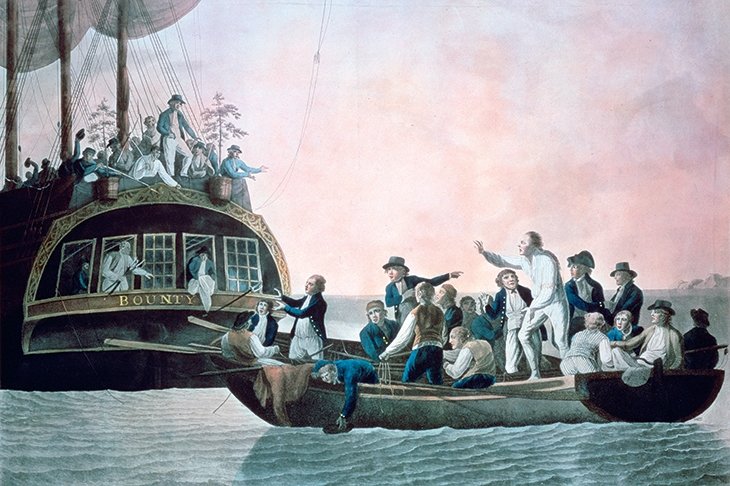Many believed in Australia for 1,000 years before its discovery. There had to be a commensurate weight — somewhere Down Under — to counter the northern land mass; an ‘unknown Southland’ which was crucial to maintaining the balance of the world. To confuse matters, this theoretical continent was dubbed for a while Austrialia del Espiritu Santo — in honour of the House of Austria.
A socially awkward Lincolnshireman, Matthew Flinders, in 1804, was the originator of Australia as the name for what had for centuries been called New Holland, but two French sailors, an aristocratic cartographer, Louis Freycinet, and a manipulative, one-eyed anthropologist, François Péron, showed for the first time the continent’s actual shape.
From the late 1700s, galvanised by the loss of their American colonies, the French dispatched seven expeditions in 30 years to seek a huge landmass known as Gonneville Land, named after a French sailor blown off course in 1503. None of these expeditions had marvellous outcomes for their commanders. Marion was eaten by Maoris, Kerguelen convicted of fraud, D’Entrecasteaux died of scurvy, while the most famous, La Pérouse, vanished without trace.
Napoleon — who had volunteered for La Pérouse’s expedition, but was rejected — kept alive French hopes of a replacement L’Amérique. In 1801, he authorised a scientific expedition captained by Nicolas Baudin, an aloof, dry-witted botanist, to ‘study the inhabitants, animals and natural products of the countries in which he will land’. A popular belief is that Baudin’s instructions included a ‘secret order’ to establish a French settlement in Van Diemen’s Land, discovered by the Dutch explorer Abel Tasman in 1642, and to claim the island (now Tasmania) before the English — and then to claim the western half of the nearby continent where England had raised her flag; so far, only over New South Wales.
Why else would large areas on charts mapped by Freycinet and Péron, two of Baudin’s officers, be marked ‘Terre Napoléon’? Had Baudin, in March 1802, not lost contact with his short-sighted hydrographer Charles-Pierre Boulanger off the Freycinet Peninsula (where I write this) and spent the next two months searching for him, then the French might have beaten Flinders to it and charted the mainland all the way to Spencer Gulf.








Comments
Join the debate for just £1 a month
Be part of the conversation with other Spectator readers by getting your first three months for £3.
UNLOCK ACCESS Just £1 a monthAlready a subscriber? Log in